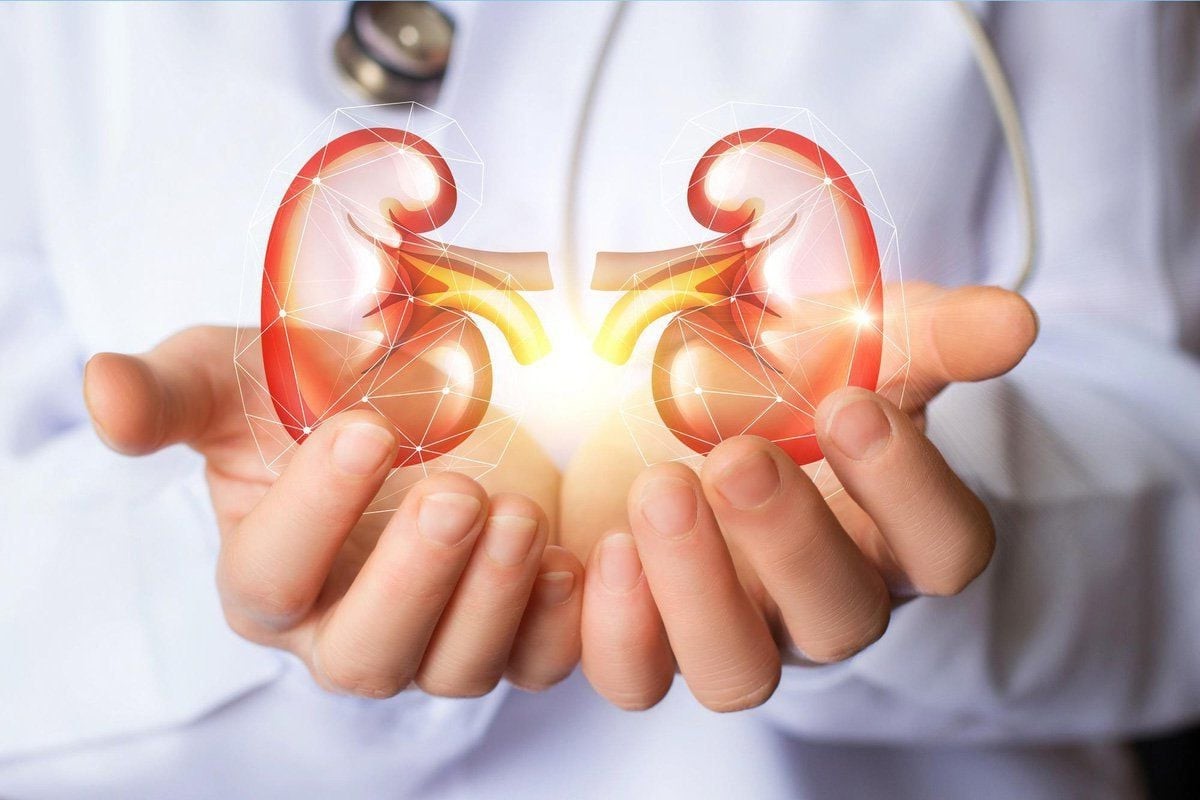
Cacchi–Ricci Disease, also known as medullary sponge kidney, is a rare kidney disorder that affects the tubules in the medulla of the kidneys. Characterized by the formation of cysts and dilated tubules, this condition can lead to recurrent urinary tract infections, kidney stones, and hematuria. Named after the Italian pathologists Cacchi and Ricci, who first described it in 1939, the disease often goes undiagnosed until adulthood. Symptoms can vary widely, making it tricky to identify without imaging tests like CT scans or ultrasounds. Despite its challenges, understanding the key facts about Cacchi–Ricci Disease can help manage symptoms and improve quality of life.
Key Takeaways:
- Cacchi–Ricci Disease, or medullary sponge kidney, causes kidney cysts and can lead to symptoms like blood in urine, kidney stones, and flank pain. Treatment focuses on managing symptoms and preventing complications.
- Living with Cacchi–Ricci Disease involves regular check-ups, staying hydrated, maintaining a healthy diet, and seeking support from healthcare professionals and support groups.
What is Cacchi–Ricci Disease?
Cacchi–Ricci Disease, also known as medullary sponge kidney (MSK), is a rare congenital disorder affecting the kidneys. It causes cystic dilations in the medullary and papillary regions of the kidneys. Let's dive into some fascinating facts about this condition.
-
Cacchi–Ricci Disease was first described in 1939 by Dr. Cacchi and Dr. Ricci, who identified the characteristic cystic changes in the kidneys.
-
The disease is congenital, meaning individuals are born with it, although symptoms may not appear until later in life.
-
Medullary sponge kidney affects both kidneys in most cases, but the severity can vary between the two.
-
The exact cause of Cacchi–Ricci Disease remains unknown, though it is believed to result from developmental anomalies during fetal growth.
Symptoms of Cacchi–Ricci Disease
People with Cacchi–Ricci Disease may experience a range of symptoms, often related to kidney function and urinary tract issues.
-
One common symptom is hematuria, or blood in the urine, which can be visible or microscopic.
-
Recurrent urinary tract infections (UTIs) are frequent among individuals with this condition due to the cystic changes in the kidneys.
-
Kidney stones are another prevalent symptom, as the cysts can create an environment conducive to stone formation.
-
Flank pain, or pain in the side of the abdomen, is often reported by those with Cacchi–Ricci Disease, especially during kidney stone episodes.
Diagnosis of Cacchi–Ricci Disease
Diagnosing Cacchi–Ricci Disease involves a combination of imaging techniques and clinical evaluations.
-
Ultrasound is a common diagnostic tool used to visualize the cystic changes in the kidneys.
-
Intravenous pyelogram (IVP), an X-ray test with contrast dye, can highlight the characteristic "brush-like" appearance of the kidney's medullary region.
-
CT scans provide detailed images of the kidneys, helping to identify the extent of cystic dilation and any associated complications.
-
Urinalysis can detect blood, infection, or crystals in the urine, which are indicative of the disease.
Treatment Options for Cacchi–Ricci Disease
While there is no cure for Cacchi–Ricci Disease, various treatments can manage symptoms and improve quality of life.
-
Pain management is crucial, often involving medications like nonsteroidal anti-inflammatory drugs (NSAIDs) or prescription pain relievers.
-
Antibiotics are prescribed to treat and prevent recurrent UTIs, a common issue for those with MSK.
-
Drinking plenty of water helps flush the kidneys and reduce the risk of kidney stone formation.
-
Dietary changes, such as reducing salt and protein intake, can help manage kidney stone risk.
Complications Associated with Cacchi–Ricci Disease
Cacchi–Ricci Disease can lead to several complications if not properly managed.
-
Chronic kidney disease (CKD) can develop over time due to repeated infections and kidney damage.
-
Severe cases may lead to kidney failure, requiring dialysis or a kidney transplant.
-
Persistent kidney stones can cause blockages, leading to hydronephrosis, a condition where urine backs up into the kidneys.
-
Hypertension, or high blood pressure, is another potential complication due to impaired kidney function.
Living with Cacchi–Ricci Disease
Managing Cacchi–Ricci Disease involves lifestyle adjustments and regular medical care.
-
Regular check-ups with a nephrologist, a kidney specialist, are essential for monitoring kidney function and managing symptoms.
-
Staying hydrated is vital, as it helps prevent kidney stones and UTIs.
-
Maintaining a healthy diet low in salt and protein can reduce the strain on the kidneys.
-
Physical activity, while beneficial, should be moderated to avoid excessive strain on the kidneys.
-
Support groups and counseling can provide emotional support and practical advice for living with a chronic kidney condition.
Final Thoughts on Cacchi–Ricci Disease
Cacchi–Ricci Disease, also known as medullary sponge kidney, is a rare condition that affects the kidneys' tubules. These tubules become dilated, leading to the formation of cysts. Symptoms can include blood in the urine, kidney stones, and urinary tract infections. Diagnosis often involves imaging tests like ultrasounds or CT scans. While there's no cure, treatments focus on managing symptoms and preventing complications. Staying hydrated, monitoring kidney function, and addressing infections promptly are crucial steps. Awareness and early detection can make a significant difference in managing this condition. If you or someone you know shows symptoms, consulting a healthcare professional is essential. Understanding Cacchi–Ricci Disease helps in taking proactive steps towards better kidney health.
Frequently Asked Questions
Was this page helpful?
Our commitment to delivering trustworthy and engaging content is at the heart of what we do. Each fact on our site is contributed by real users like you, bringing a wealth of diverse insights and information. To ensure the highest standards of accuracy and reliability, our dedicated editors meticulously review each submission. This process guarantees that the facts we share are not only fascinating but also credible. Trust in our commitment to quality and authenticity as you explore and learn with us.


